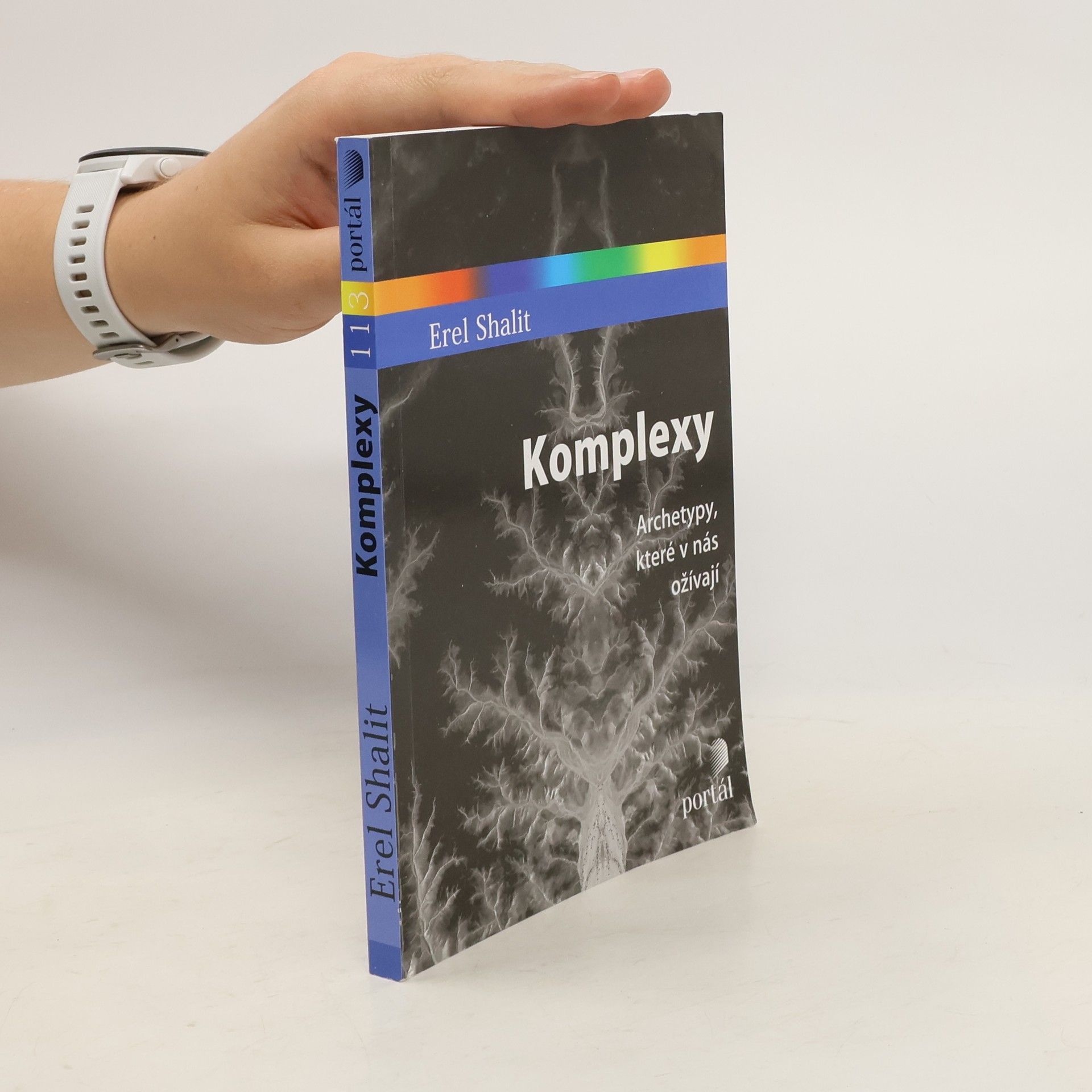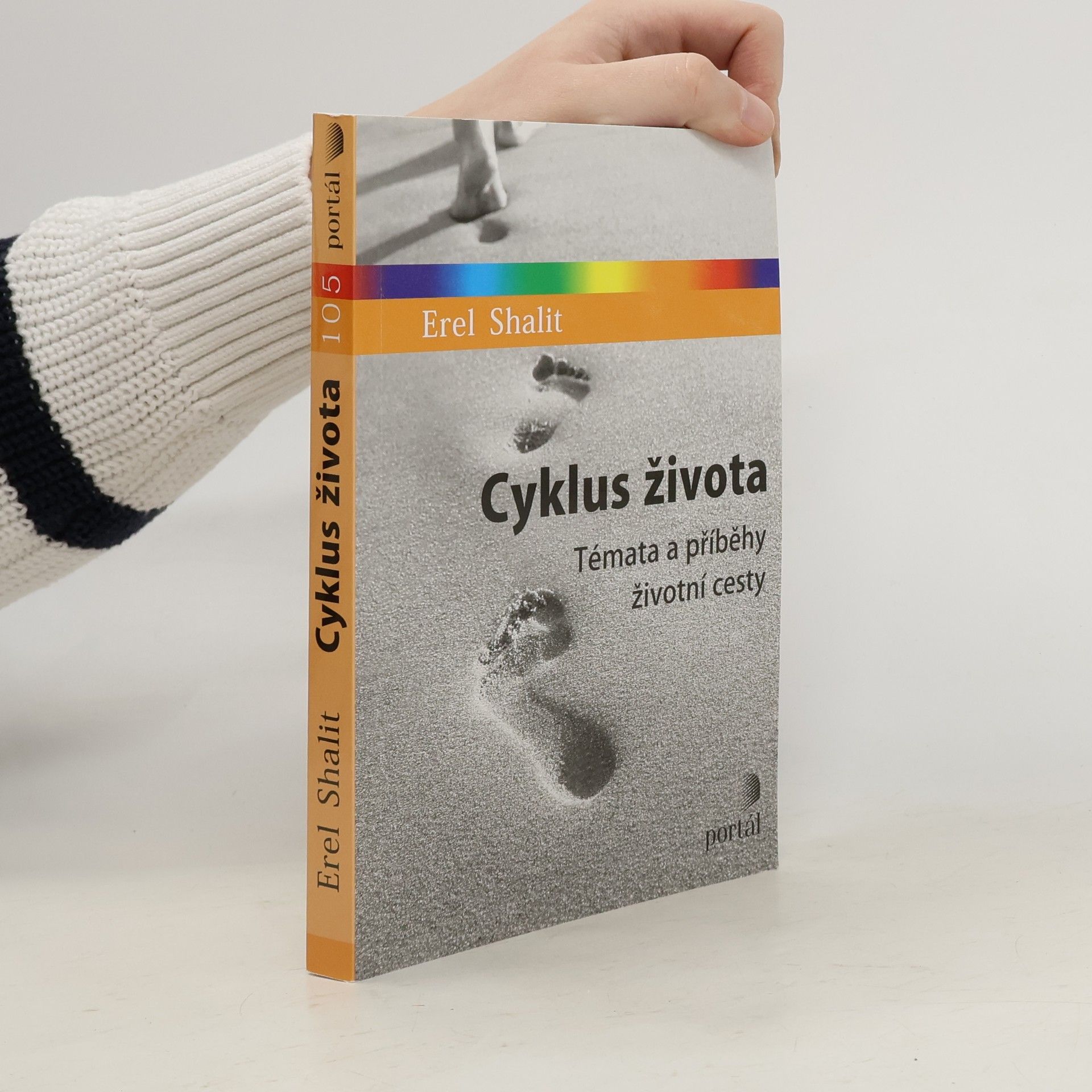Exploring the concepts of Hero and Shadow, this work combines literary analysis with psychological insights, drawing from myths, fairy tales, and biblical narratives. It examines figures like Perseus, Samson, and the complex relationship between Jesus and Judas, highlighting the interplay of good and evil in human experience. The book is accessible to both lay readers and experts, making it a valuable resource for those interested in Analytical Psychology, mythology, and religion. Erel Shalit, a seasoned Jungian psychoanalyst, offers a rich and scholarly perspective throughout.
Erel Shalit Libros



![A Story of Dreams, Fate and Destiny [Zurich Lecture Series Edition]](https://rezised-images.knhbt.cz/1920x1920/0.jpg)



Exploring the intricate nuances of living, this book delves into the philosophy and practice of life as an art form. It emphasizes the rarity and distinction of mastering life's complexities, offering insights into personal growth and the pursuit of fulfillment. Through thought-provoking reflections, it encourages readers to cultivate their unique paths and appreciate the beauty in everyday experiences.
A Story of Dreams, Fate and Destiny
- 202 páginas
- 8 horas de lectura
Exploring the significance of dreams, Erel Shalit traces their evolution from ancient times to modern psychology. He delves into pivotal figures and narratives, starting with Gilgamesh and moving through biblical stories, Greek mythology, and the insights of Freud and Jung. The book highlights the transformative power of dreams and their role in guiding individuals from fate to destiny, culminating in the practice of active imagination and the exploration of Mercurius and the transcendent function.
A Story of Dreams, Fate and Destiny [Zurich Lecture Series Edition]
- 202 páginas
- 8 horas de lectura
Exploring the significance of dreams throughout history, Erel Shalit delves into ancient narratives from Gilgamesh to biblical figures and Greek mythology, illustrating their impact on human fate and destiny. He examines the evolution of dream interpretation through thinkers like Freud and Jung, linking these insights to modern understandings of the psyche. The book culminates in the concept of active imagination, highlighting the transformative power of dreams and the archetypal figure of Mercurius in the journey towards self-discovery.
The Human Soul (Lost) in Transition At the Dawn of a New Era
- 248 páginas
- 9 horas de lectura
Well-known Jungian analyst, author and lecturer Erel Shalit passed away in early 2018. This is his book, The Human Soul (Lost) in Transition At the Dawn of a New Era, published posthumously. "The aim of this book," wrote Shalit, "is to present a depth psychological perspective on phenomena pertaining to the present, postmodern era. As such, its origins are in the depths; symbolically, in the depth of the waters, in which the sacred is reflected. Likewise, this book centers around the image, which has travelled from the forbidden zone of the transcendent command 'make no graven image, ' through the interiority of the human soul, to become an exteriorized, computerized, robot-generated image that virtualizes as well as augments reality." This book, The Human Soul (Lost) in Transition At the Dawn of a New Eraexplores the changing character of the relationship between us humans and the image, and the dramatic impact this has in post-modern culture.
Komplex, jako pojítko mezi vědomým já a archetypy, přebývá v našem nevědomí. Pokud je odštěpený, nepřístupný vědomí, může být autonomní, nezávislý na egu a může výrazně ovlivňovat naše jednání bez naší kontroly. Porozumět vlastním komplexům znamená rozpoznat jejich archetypální jádro, shluky životních zkušeností, které se kolem něj utvářejí, a emoční tón, jenž je rozpoznatelným pojítkem těchto zkušeností. Z praktického hlediska to znamená porozumět spojení mezi archetypálními silami, které tvoří naši nevědomou lidskou podstatu, a osobními životními zkušenostmi, které utvářejí naše individuální vnímání této energie. Naše bytostné Já, stejně jako vědomé já je vždy doprovázeno stínem, v němž přebývají odštěpené (vytěsněné, potlačené) komplexy. S tím, jak se odvíjí dialog vědomého já s nevědomím, dochází k integraci komplexů do já a hranice já se stávají pružnějšími. Autor srozumitelně rekapituluje vývoj pojmu od Freuda, Junga, Adlera až k současným pojetím, objasňuje podstatu konceptu a dokresluje svá pozorování s použitím citací z prací svých předchůdců, beletrie a své klinické praxe při práci se sny.
Cyklus života
- 240 páginas
- 9 horas de lectura
Cyklus života zkoumá vzorce, které se promítají do našeho života s tím, jak si hledáme své místo ve světě, snažíme se žít autenticky a budovat si domov – to místo uvnitř nás, které v rychlém tempu dnešního světa tak snadno opomíjíme či přehlížíme. V první polovině života jako mladí cestovatelé domov opouštíme za dobrodružným hledáním vlastní cesty. V druhé polovině se obvykle vydáváme na velmi dlouhou cestu utváření vlastního domova. V každé životní fázi je v nás přítomna archetypová podstata – božské dítě, puer a puella, dospělý, senex. Porozumět jí můžeme prostřednictvím příběhů, v nichž se odvíjejí témata typická pro každý věk – slast, strach z opuštění, stud, sebeláska, nezávislost a iniciativa, osud, stažení se z života. Archetypová cesta životem se pak odvíjí v neustálém procesu individuace a hledání smyslu a životních hodnot.

